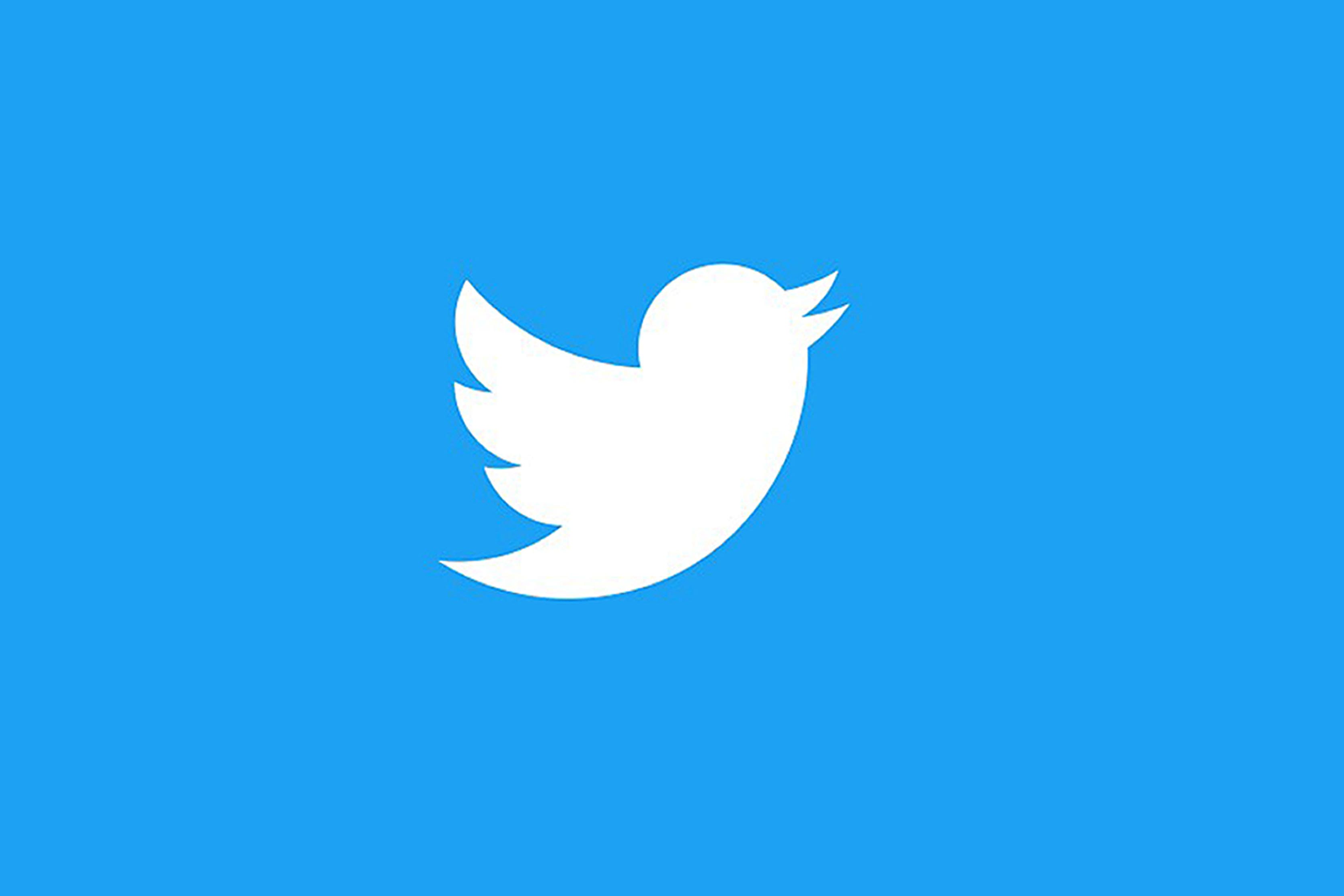Q&A: What is the new Twitter verification?
The social media platform began removing legacy Verified checkmarks from accounts on Thursday.

Your support helps us to tell the story
From reproductive rights to climate change to Big Tech, The Independent is on the ground when the story is developing. Whether it's investigating the financials of Elon Musk's pro-Trump PAC or producing our latest documentary, 'The A Word', which shines a light on the American women fighting for reproductive rights, we know how important it is to parse out the facts from the messaging.
At such a critical moment in US history, we need reporters on the ground. Your donation allows us to keep sending journalists to speak to both sides of the story.
The Independent is trusted by Americans across the entire political spectrum. And unlike many other quality news outlets, we choose not to lock Americans out of our reporting and analysis with paywalls. We believe quality journalism should be available to everyone, paid for by those who can afford it.
Your support makes all the difference.Twitter users have been voicing their discontent after losing ‘legacy’ blue ticks from their accounts, but what does this actually mean?
Here, the PA news agency explains the changes on the social media platform.
What has just happened?
On Thursday (April 20), Twitter began removing legacy Verified checkmarks from hundreds of thousands of accounts.
The checkmark is a blue bubble with a white tick that appears next to someone’s account name.
What does being ‘legacy Verified’ mean?
Prior to the introduction of Twitter Blue, users would apply for a blue verified badge to let people know that their account was authentic.
To receive the badge, an account had to meet three criteria – authentic, notable and active.
The types of accounts that were eligible for this verification included Government, news organisations, brands and content creators.
What is Twitter Blue?
In December 2022, Twitter and Musk announced that the platform would be re-launching its premium paid subscription service, Twitter Blue.
Users who pay £9.60 a month, or £115.20 annually, receive the blue tick and can make longer tweets up to 10,000 characters.
Other select features available only to subscribers include non-fungible token (NFT) profile pictures, making changes to published tweets and seeing around 50% fewer ads.
Twitter said that the service “elevates quality conversations”.
Why are some checkmarks different colours?
Alongside the rollout of Twitter Blue, the platform has created new types of checkmarks to denote different types of accounts.
A gold checkmark and square profile picture indicates an official business account that has subscribed to Verified Organisations, another new service.
A grey checkmark means the account represents a government/multilateral organisation such as a parliament, or official such as heads of state.
What has the public reaction been to these changes?
A huge number of famous faces have tweeted their disappointment at losing their Verified checkmarks.
Many have reacted by posting before and after screenshots of their accounts, or memes that make reference to the checkmark.
Some media outlets, including BBC News and CNN, have had the gold checkmark removed from their accounts.
Why do some celebrities still have blue checkmarks?
Although most celebrities choosing not to pay for Twitter Blue have had their checkmarks removed, some have remained.
Author Stephen King tweeted that he had not chosen to subscribe to the service, despite his account saying he had.
After reports some celebrities had been offered a complimentary Twitter Blue subscription on Musk’s behalf, the billionaire tweeted: “I’m paying for a few personally.”